Perfectly Weird, Perfectly You: A Scientific Guide to Growing Up
£8.50
FIND YOUR FEET. DISCOVER YOUR QUIRKS. GROW UP PERFECTLY WEIRD, PERFECTLY YOU.
Did you know that …
* Finding your confidence is a lot like programming a computer?
* Understanding photosynthesis can teach you about following your passions?
* Peer pressure and Isaac Newton have more in common than you might think?
Well, welcome to Dr Camilla Pang’s scientific survival guide to growing up!
As a child Camilla loved patterns and putting things in order. She was obsessed with Stephen Hawking. And the only language she really understood was science. Diagnosed with autism age 8, Camilla saw the world very differently.
But with science as her sidekick, she was able to translate ideas she could understand (like gravity, photosynthesis and algorithms) onto things she couldn’t (like peer pressure, emotions and finding your voice).
Today, Camilla is a scientist and an award-winning author, and she is here to share her scientific survival guide with you – so you can grow up with the courage to be yourself, no matter how different you feel or how tricky you might find it to connect. Because the hard part of growing up isn’t dealing with other people (their opinions, their popularity or their exam results). No, the hard part is you: learning who you are and what makes you tick. And the really hard part is accepting that it’s completely normal to be perfectly weird. In fact, it’s essential to growing up happy.
Read more
Additional information
| Publisher | Wren & Rook (17 Mar. 2022) |
|---|---|
| Language | English |
| Paperback | 208 pages |
| ISBN-10 | 1526364328 |
| ISBN-13 | 978-1526364326 |
| Reading age | 8 – 11 years |
| Dimensions | 15.2 x 2 x 21.4 cm |

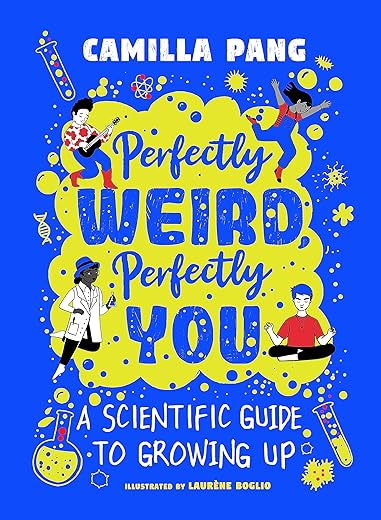

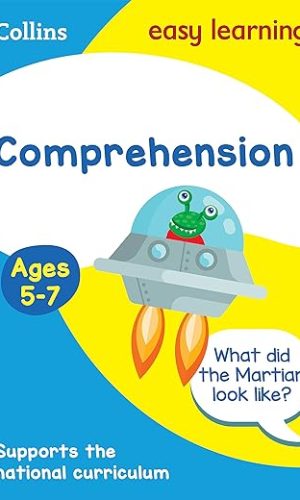

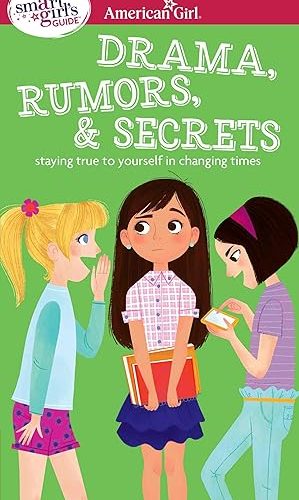
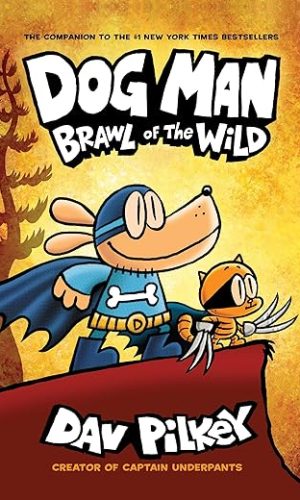
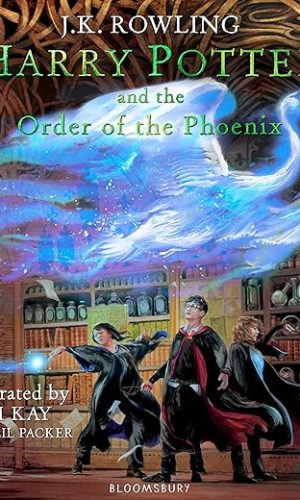
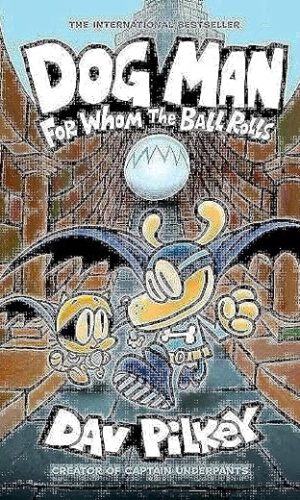

by David Sang
Autistic people see the world differently and often have difficulties in relating to other people. Camilla Pang’s idea is that, by understanding some bits of science, autistic people can understand better how humans interact and what their motivations may be. So she explains bits of science (from the secondary curriculum) and uses them as analogies for what we experience in everyday life.
The science bits are things like animal migration (we all have to move on in life), energy changing from potential to movement (we all have potential but it may need a push to release it), forces such as gravity and friction (gravity holds us down, friction slows us down), electrostatics (attraction and repulsion) and so on. Perhaps these analogies will help some young people understand the world better.
However, for an analogy to work, you shouldn’t have to give a detailed explanation of the thing you are making comparisons with. For example, if I was trying to explain the capitalist economic system to you and said it could be understood by analogy with the endocrine system, and then had to explain about glands, hormones etc, the analogy wouldn’t leave you much the wiser.
Camilla Pang is 28ish and has succeeded in finding her place in the world of scientific research. On a bad day she can hide under her desk and this is most likely to be accepted. For a lot of autistic people this isn’t the case. I have an autistic friend who works as a kitchen porter in a hotel. He has much less scope for using such strategies when the stress level mounts.
Pang ends with a lot of encouragement to the reader to embrace their difference and to recognise that they can be what they want. That’s optimistic! It all seems to have to come from the individual, as so much does in our world of self-help. How about encouraging young people to demand more support for neurodiverse students in schools and colleges? How about encouraging them to get involved with some of the charities that support autistic young people? And to demand more from government?
A brave attempt but, for me, I felt that the author could have done more to recognise the range of conditions experienced by people with ASD, and more to to recognise how the world is structured to make life difficult for them.
by Silence, Earthling!
My 11 year old daughter loves this book!! She’s growing up and it’s makes things some may find not normal .. normal!! Funny and light…
by Lesley70
I’m in two minds about this book. On the one hand I really like the writing style, it’s engaging, informative and easy to read. On the other using scientific analogies to explain different aspects of growing up, feels a little convoluted when you also have to explain the scientific ideas behind the science before you can understand the comparisons. For example using the idea of chemical reactions to show why individuality and being different is a good thing. It’s aimed at 8-11 year olds but if you haven’t yet learned about sodium and chlorine making sodium chloride, then the idea’s not going to work as well for you as it might.
There are 10 chapters – perfectly different; perfectly calm; perfectly balanced; perfectly alive; perfectly at home; perfectly digital; perfectly persistent; perfectly wrong; perfectly you; perfectly you. There’s also a brief introduction and a wrap up section – Ending the Experiment, What did we Learn?
For me – it’s one I’d read a chapter at a time, rather than trying to read the whole thing in one go. For example, if I was disagreeing with somebody, I’d read through Chapter 8 – Perfectly Wrong (What science teaches us about how to disagree). Otherwise, I was finding all the different scientific concepts – chemistry, photosynthesis, migration – all kind of end up getting a little muddled.
Overall – I do like it but it’s definitely one for children who have an interest in science.
by Amanda George
If you’ve read any of my more recent book reviews, you’ll already know how I start ’em all, right? If, however, this is the first of my reviews that you’ve read then I’ll just quickly start off by saying that all the books I read and review start off with the full 5 stars and I’m forever hopeful that they will all still be set in concrete when I close back cover.
I’m hopeful that this is the book I was desperate for as a child but couldn’t find in any bookshop or library!
Let’s get on with reading and reviewing now, shall we?
The cover is weird enough to be scientific in an approachable way, so I’m hoping that the book will be written in a similar style.
Ooh! The author has a diagnosis that explains the word choices for the title! I wonder if the book will be about that or puberty or both?
Oh dear, like with all the other books I’ve read and reviewed, a star is coming off for using the title of a magasine and also a toy and now a singer, so we’re already down to 4 stars
I’m wondering if some of the word choices are maybe too mature for the audience (8-11 year olds)?
I love the idea of keeping a diary – I certainly did for many many years and now I’ve got a blog that I use to record things as they happen as well as totally venting about things that make me angry or frustrated because I don’t feel able to put them into words that come out of my mouth and end up supporting friends when the reality is that I’m the one in desperate need of support right then! I couldn’t be without my blog any more – it’s the only way to get things out of my head at times!
Oh dear, the author has sworn so the second star is looking wobbly. It’s a traditionally published book though, so I hope the publisher has read this book and decided to let the trademarks, names and swearing through rather than just hitting the approval button without reading past the first 10 pages!
I love how the author has handled their explaination of discrimination and explained it so gently! This is a good book, other than those few niggly things that have forced me to remove that star.
The author has ended the book as wonderfully as she’s handled the rest of it… it gives this mid life-er a warm, fuzzy feeling in my chest so I hope her intended audience gain as much from this book as I have!